psyc1030 mod 1
1/106
There's no tags or description
Looks like no tags are added yet.
Name | Mastery | Learn | Test | Matching | Spaced |
|---|
No study sessions yet.
107 Terms
how many symptoms need to be displayed for MDD
5 or more in a 2wk period w/ one being anhedonia
what is psychomotor agitation/retardation
being very fidgety and not sitting still OR reduced movement to a noticeable degree
persistent depressive disorder
must fit 2 of symptoms + depressed mood for 2 yrs (1 for ados)
12 month prevalence of MDD (adults)
6-7%
comparative prevalence of MDD between young ppl and old
18-29yrs 3x more prevalent than in 60+yrs
course of PDD
early and chronic
course of MDD
variable course w. 2/5 experiencing spontaneous recovery within 3 mos and 4/5 esperiencing SR within a yr
increased risk factors for MDD recurrence
younger age at onset
severity of episodes
quantity of episodes
how much variance does heritability account for in MDD
~40%
12 mo prevalence of anxiety disorders in ados
.9%
12 mo prevalence of ADs in adults
2.9%
when do phobias usually develop
<10y/o
12 mo prevalence of panic disorder
2-3% across ados and adults
what is a common comorbidity found between ADs and MDs
somewhere between 10-65% of ppl w/ primary diagnosis of panic disorder will also meet criteria for MDD
how much variance does heritability account for in development of ADs
30-40%
avg remission rate post treatment (CBT) for GAD
56.5%
what is theory of mind
the ability for a child/infant/person to understand and comprehend others' differing states of mind (e.g desire)
what is an attitude according to Russel Fazio 1986
an association between a behaviour/object and an evaluation
difference between attitudes and values w/ example
attitudes are generally more specific in nature than values. e.g. you have a positive attitude (evaluation) towards recycling paper (behaviour) whereas you might value sustainability
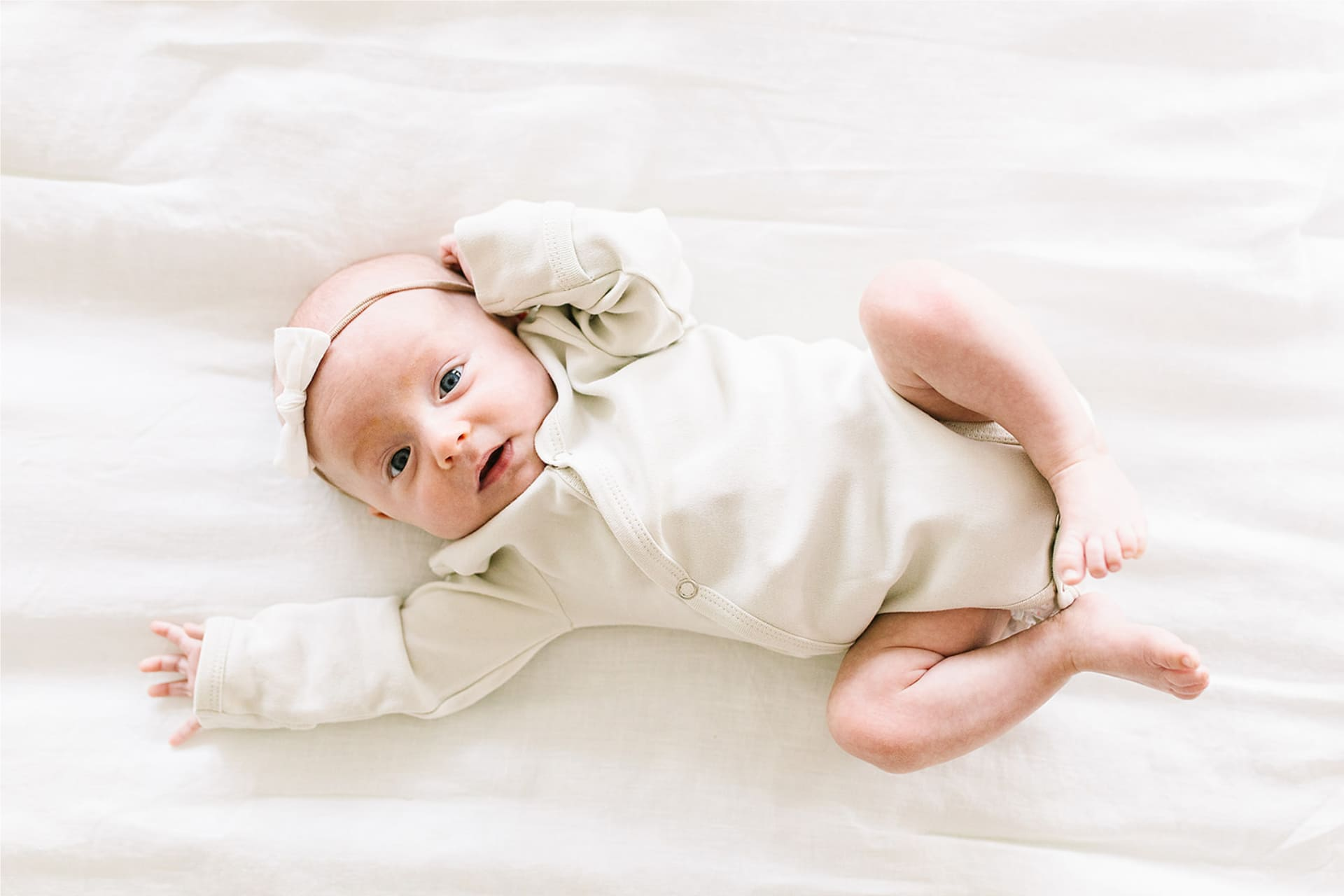
what happens in 1st month of infancy
infant develops sensitivity to diffs in women’s smells (breast pad experiment)

what happens by 2 mos of infancy
infants smile in response to social cues
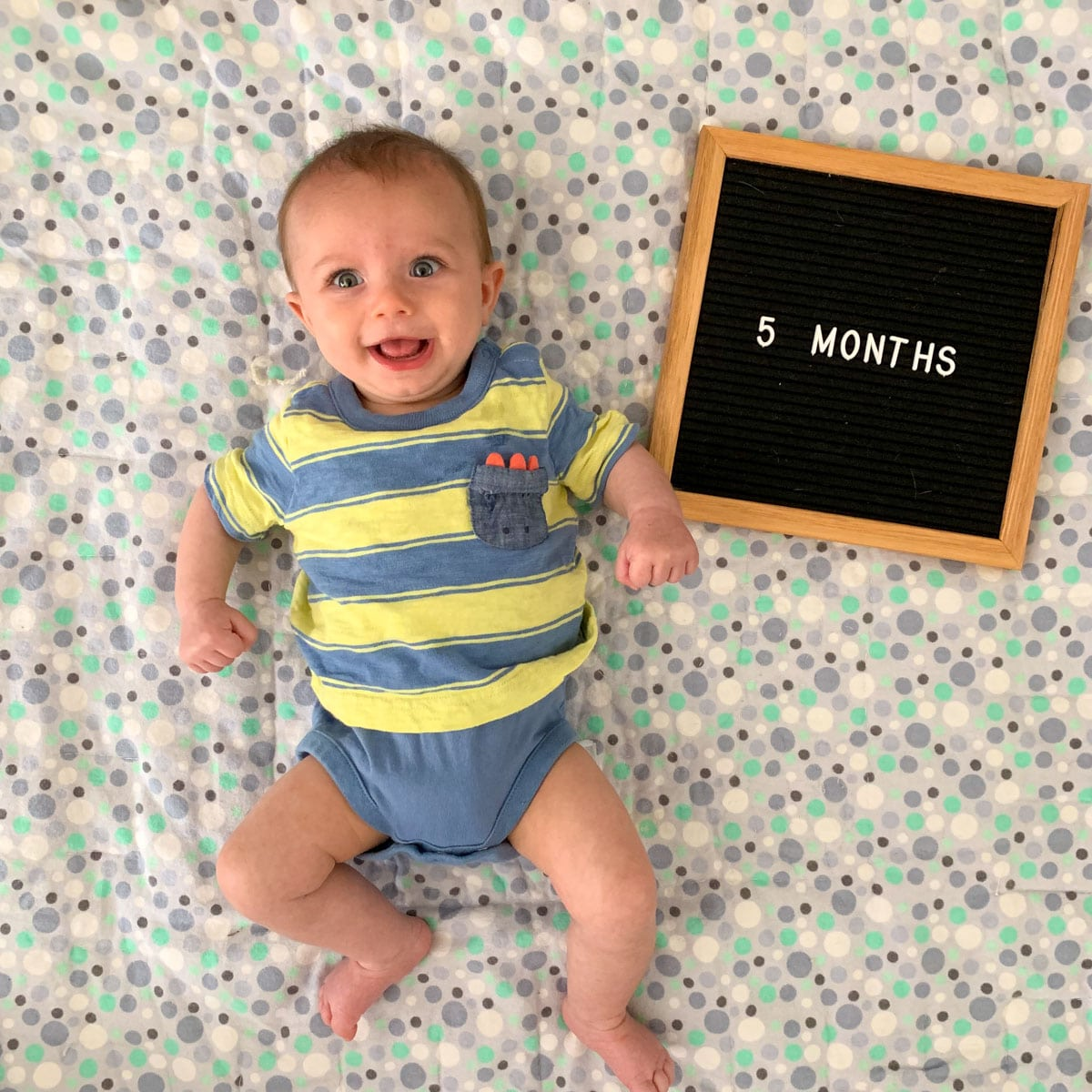
what happens by 5mos old
infants become attuned to visual cues and are able to match visual cues w/ acoustic elements of emotion
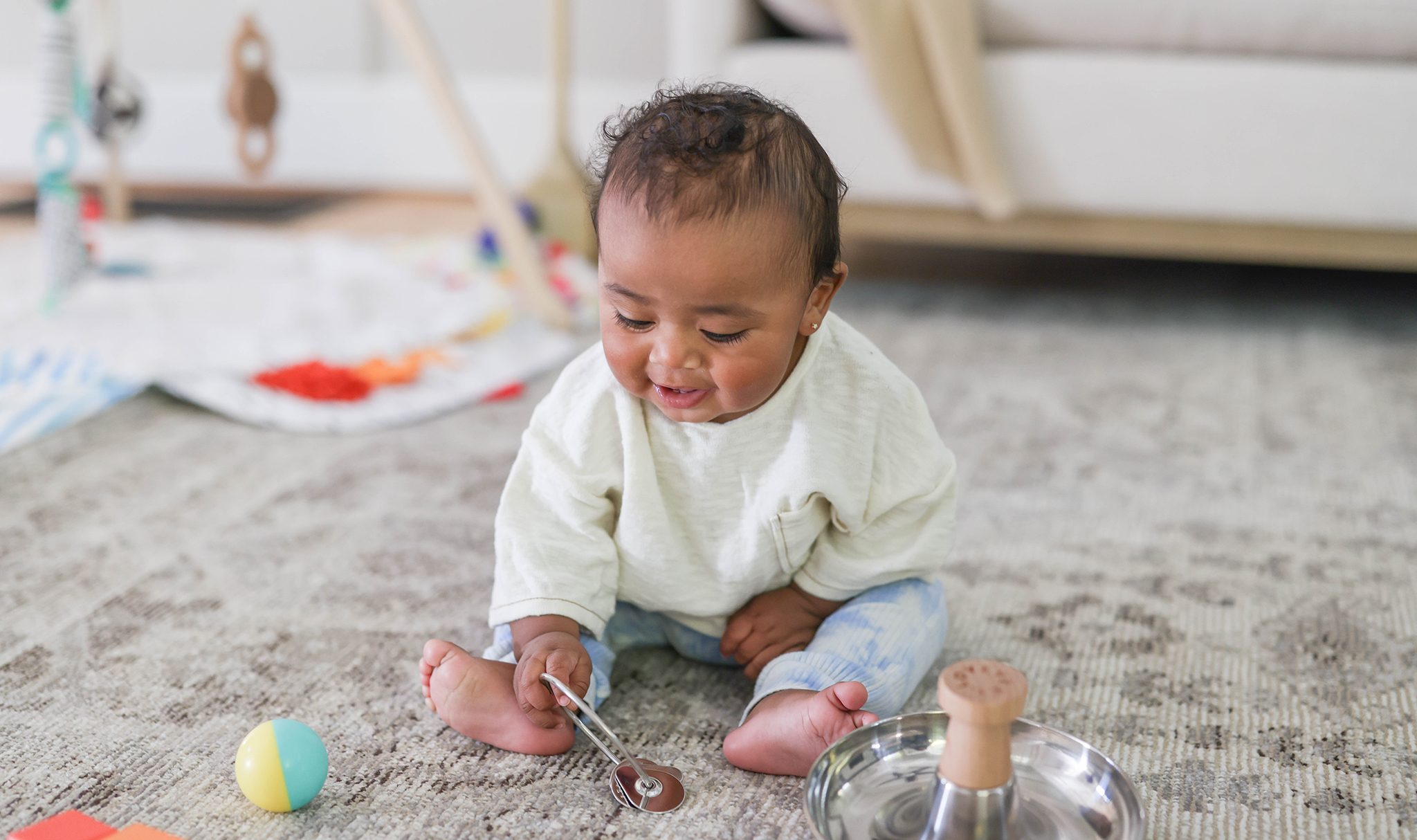
what happens by 6mos old
develop sensitivity to emotional cues
particularly tuned to ppl who are familiar to them (phenomenon of contagious crying observed— is this empathy or just hyper-reactivity?)
between 2-6 mos old
disappearance of baby reflexes (moro, stepping, rooting and sucking)
between 5-8 mos old
development of depth perception (visual cliff paradigm)
6-18 mos old
become more active in learning abt world and start displaying pro-social behaviours
10-12 mos old
develop social referencing: how mum is reacting determines infants reaction/behaviour
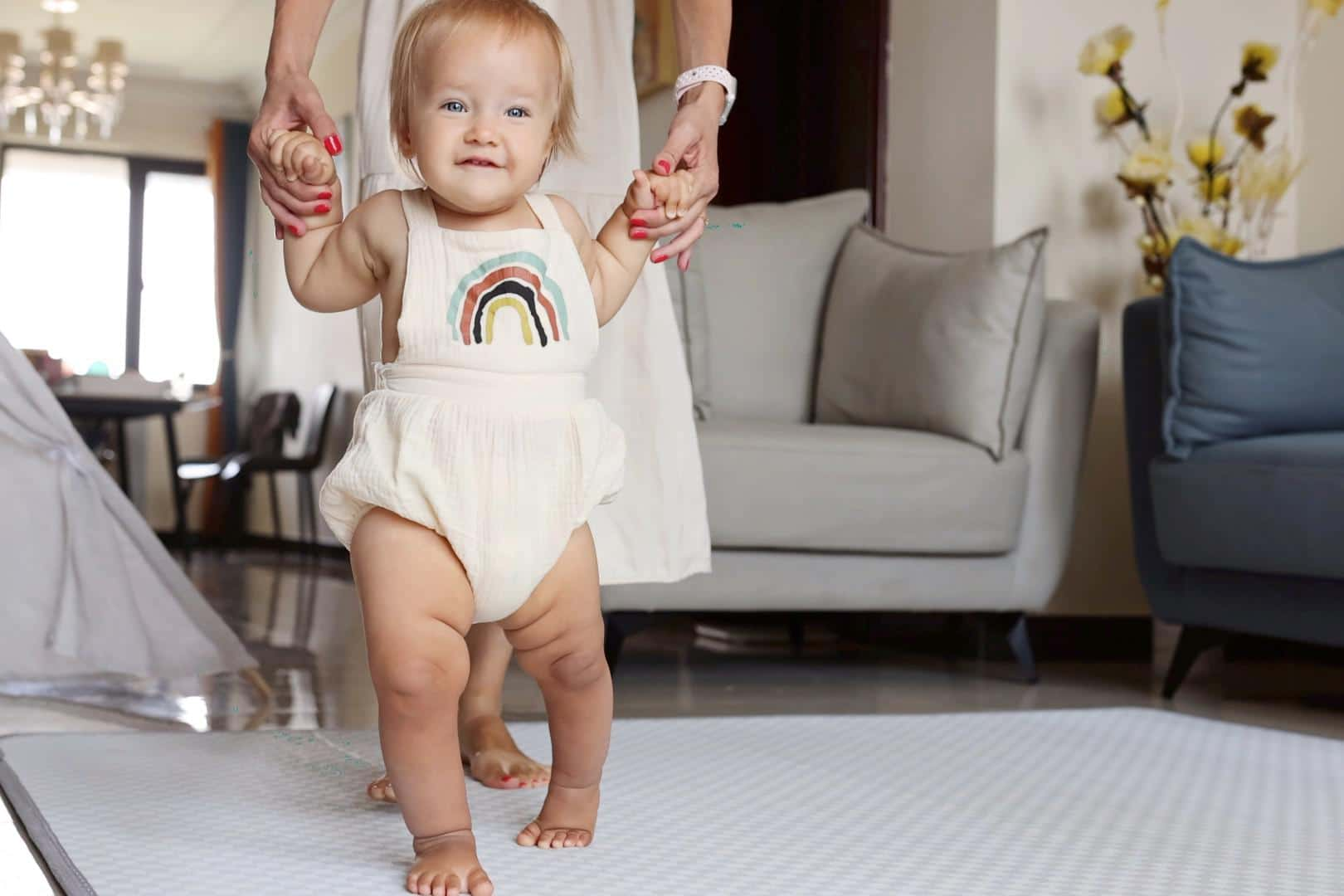
12 mos old
speech
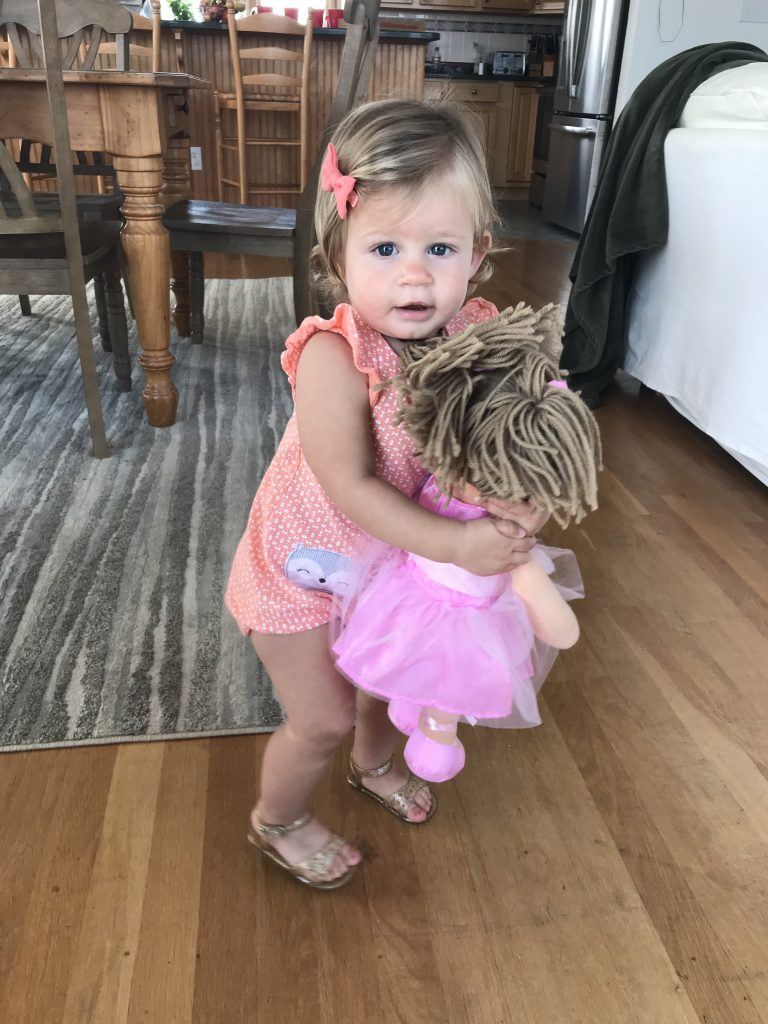
14 mos
display helping behaviour (OR are just learning associations between behaviour and action)
18-36 mos
begin to understand OTHER ppl’s mental states
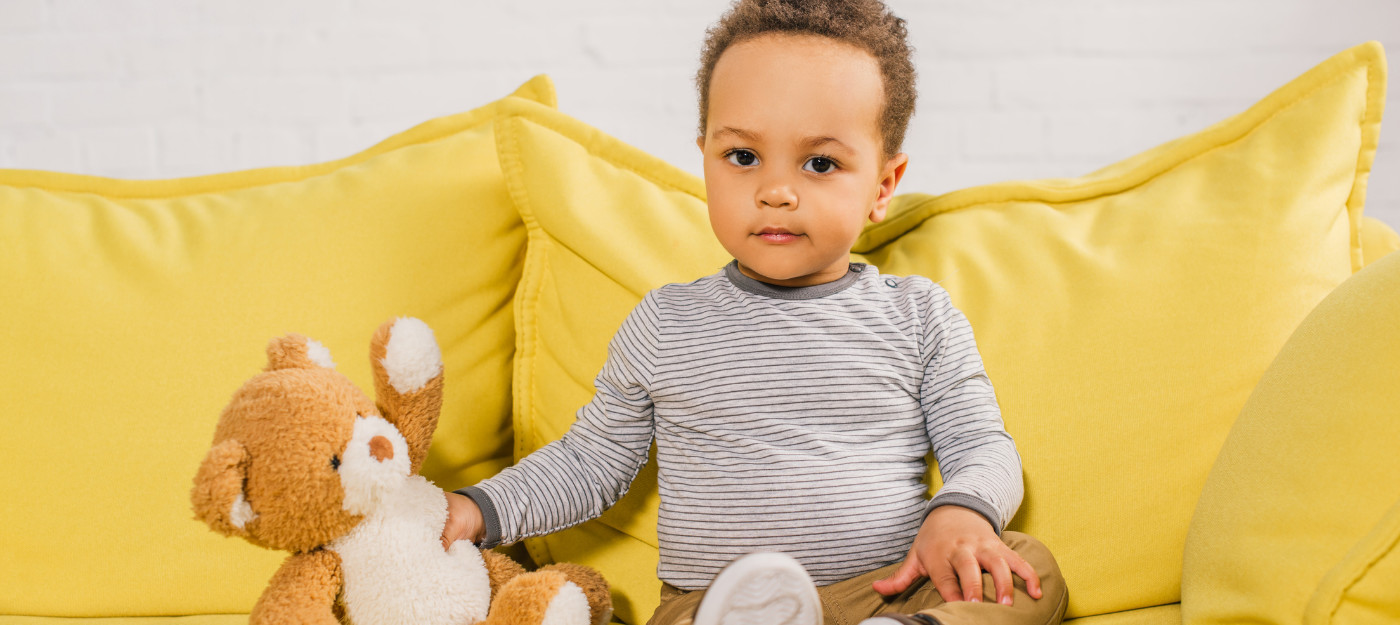
18 mos
start to talk abt OWN mental states e.g. “i want…..”
BEGIN to understand that ppl can want diff things
sharing behaviour (prompted)
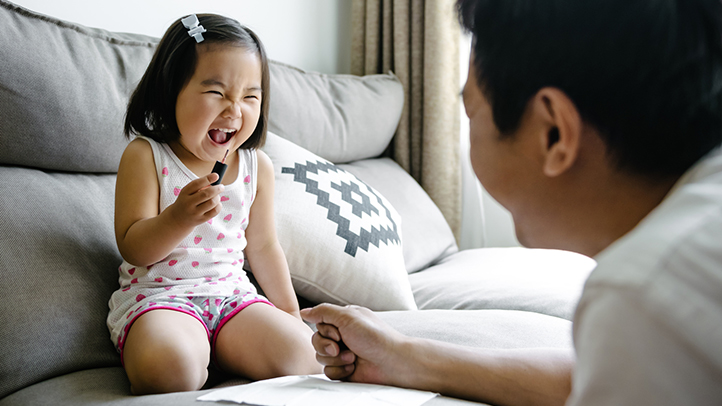
24 mos
MSR (mirror-self-recognition) passed by almost all western children
comforting behaviour (mostly prompted)
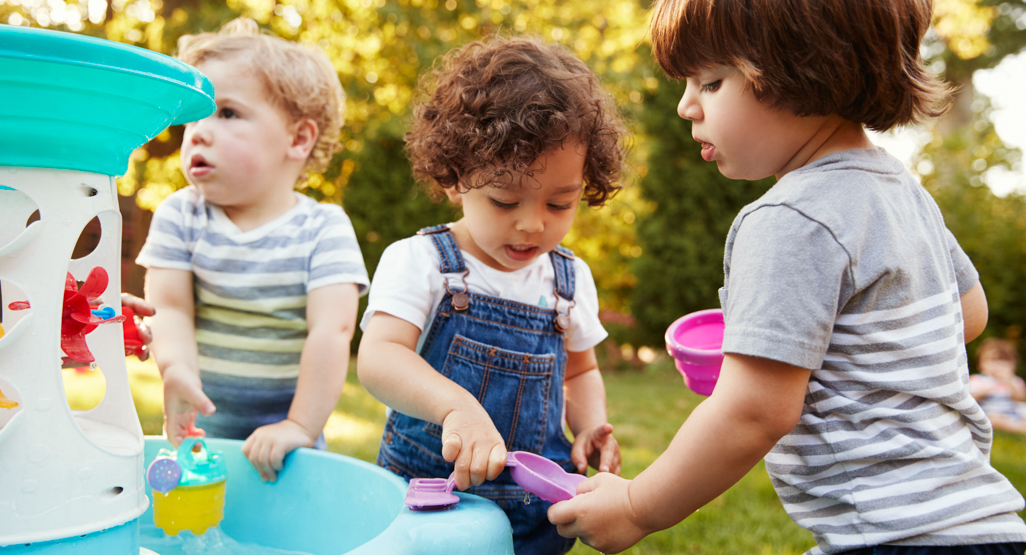
30 mos
start talking abt thoughts
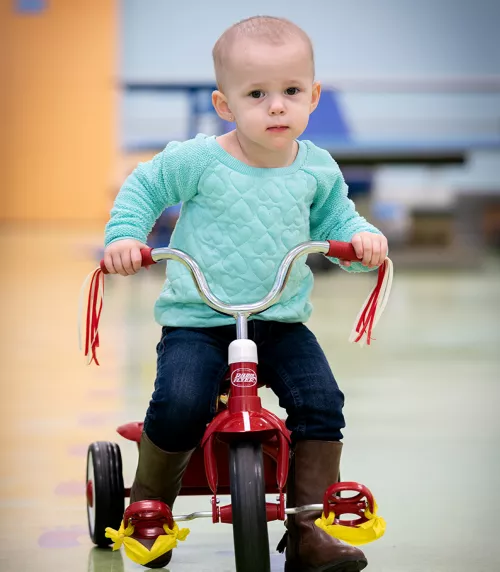
36 mos
begin to use contrastives e.g. “i love…but Steve hates…”
struggle w/ idea that others’ knowledge is diff to their own

when is theory of mind developed
around 4 yrs
when is Sally-Anne test passed
4-5yrs
critical period
periods during development when things RLLY GOTTA happen if they're gonna happen properly. If they don’t happen in this period they will either develop differently or not at all!!
what happens if theory of mind is improperly developed
children may develop ASD
Consider the following scenario: Dr. Davis wants to study the TV viewing habits of elementary school children. He selects 50 children from local schools to participate in his research. These groups of students would be considered the
sample.
There is a good chance that we will find a __________ correlation between time spent watching TV and grades in school.
negative
Dr. Langer is treating a college student for depression in his private practice. Most likely Dr. Langer is a(n) __________ psychologist.
clinical
The clinical psychologist's aim in applying prediction and control goals to a client's behavior is to
help the client meet his or her treatment objectives.
Diagnosing the severity of mental illness and behavior problems is usually the job of a(n) __________ psychologist.
clinical
As a science, psychology has four goals. Which of the following is NOT one of those goals?
eliminate behavior
The difference between pure and applied research is the difference between
research for its own sake and research to solve specific problems.
Dr. Maloff is studying the effects of ethnic bias on the school performance of immigrant children. Most likely, Dr. Maloff is a __________ psychologist.
sociocultural
In __________, researchers study behavior where it actually happens, or "in the field."
naturalistic observations
B. F. Skinner made major contributions to
behaviorism.
__________ psychologists focus on the influence of groups on behavior, while __________psychologists focus on the influence of an individual's traits on behavior.
Social; Personality
The study of human traits and characteristics is of interest to __________ psychologists.
personality
Cognitive psychologists are specifically interested in studying
human thinking and memory.
Psychologists with a biological perspective study the links between ______________ and behavior.
brain activity
hormone activity
heredity
The statement that the mental state associated with being in love can be reduced to chemical changes in the brain is most likely to be made by a psychologist taking the __________ perspective.
biological
Dr. Levy studies the influences of hormones in determining maternal behavior and sexual behavior in rats. Levy is most probably a
biological psychologist.
The sociocultural perspective is concerned with the
issues of gender, ethnicity, and socioeconomic status.
The view that people have the freedom to choose and be responsible for their own behavior represents the ____________ perspective.
humanistic-existential
In reviewing the contents of several psychology journals, a graduate student noted a marked increase in the number of articles on memory and thinking over the past dozen years. He concluded that there was increased interest in the __________ perspective.
cognitive
Psychoanalysis emphasizes unconscious processes while behaviorism emphasizes
observation
The best research method to investigate cause and effect relationships between variables is
an experiment.
Psychology is defined as the scientific study of
behavior and mental processes.
Psychologists and other researchers must protect and respect the privacy of research participants. This concern recognizes the requirement for
confidentiality.
In an experimental design, participants in an experimental group receive ___________.
the treatment
An advantage of survey research is that
it allows you to get in-depth information.
Cognitive Dissonance
mental discomfort or stress that arises from holding contradictory beliefs, attitudes, or behaviors simultaneously.
Induced Compliance
a concept where individuals are encouraged to act in ways that are contrary to their attitudes, leading to feelings of hypocrisy and potentially motivating behavior change.
Prejudice and Stereotyping
forming assumptions and generalizations about individuals or groups based on limited information, often leading to oversimplified and inaccurate judgments.
Stereotype Threat
occurs when individuals belonging to a group associated with negative stereotypes underperform due to the fear of confirming those stereotypes, impacting their performance.
Tripartite Model of Attitudes
, proposed by Himmelfarb and Eagly, includes three components:beliefs, feelings, and behavioral tendencies, which together form an individual's attitude towards a specific object or behavior.
Behavior
Actions or reactions of an individual in response to a stimulus or situation.
Lack of relationship between attitudes and behavior
Findings from LaPiere's experiment showing a discrepancy between attitudes held and behaviors exhibited.
Principle of compatibility
States that a specific attitude will predict a single behavior better than a general attitude.
Theory of Reasoned Action
Proposes that the best determinant of engaging in a behavior is the individual's intention to do so.
Perceived behavioral control
Factors influencing an individual's belief in their ability to engage in a behavior.
Sleeper effect
Phenomenon where the impact of a message from a less credible source increases over time.
Stereotype threat
Impairment caused by fear of conforming to stereo
Social Development
The process of learning how to interact with others and form relationships.
Nature vs
The debate about whether genetics (nature) or environment and experiences (nurture) have a greater influence on behavior and development.
Maternal Care
The care and attention provided by a mother to her offspring, which can have long-lasting effects on behavior and stress responses.
Genetic Determinism
The belief that genes determine all aspects of behavior and development.
Eugenics
The study of or belief in the possibility of improving the human race by selective breeding.
Reflexes
Involuntary and automatic responses to stimuli, often seen in infants.
Temperaments
Innate personality traits that influence how individuals interact with the world.
Plato
Ancient Greek philosopher who introduced the concept of nature versus nurture.
Watson
Refers to John B. Watson, an early behaviorist psychologist known for his work on conditioning and learning.
Depth Perception
The ability to perceive the distance of objects and see them in three dimensions.
Kangaroo-care
A method where the mother is bare-chested and the baby is bare, engaging in skin-to-skin contact.
Smell preference
Babies show sensitivity to different smells, preferring their mother's smell over others.
Reflexes
Involuntary actions that babies exhibit at birth, such as blinking, swallowing, Moro reflex, grasping, rooting, sucking, and stepping.
Moro reflex
A neurological reflex where a baby throws its arms out and then crosses them when feeling like it's falling.
Grasping reflex
When anything touches a baby's palm, it grasps it with a strong grip.
Rooting and sucking reflex
Rooting involves turning the head towards a stimulus on the cheek, while sucking is triggered by touching the baby's upper palate.
Stepping reflex
Babies exhibit a stepping reflex when held upright with their feet touching the ground, even though they can't walk.
Temperament
Individual differences in babies' regularity, adaptability, and reaction intensity, influencing their behavior and development.
Emotional expression
Babies display innate emotional expressions, which can be influenced by both nature and nurture.
High amplitude sucking
A method to determine babies' preferences by observing their sucking speed.
Baby vision
The assessment of babies' visual responses to measure their emotional state and preferences.
Habituation
The process where repeated exposure to a stimulus leads to a decreased response.